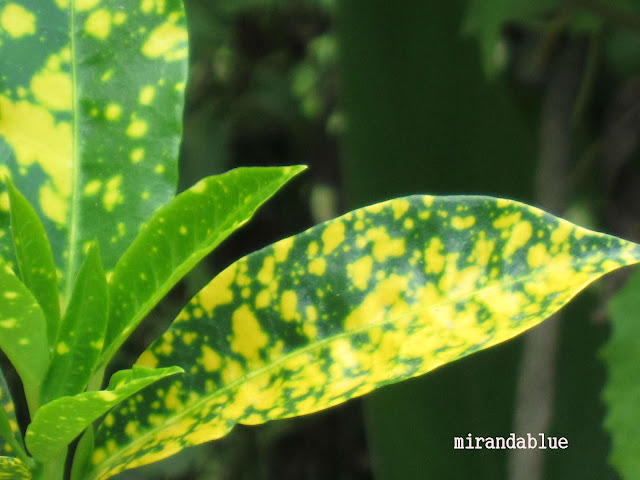O is for Orchidaceae
Orchidaceae, the Orchid Family, is the largest family of flowering plants. It is a morphologically diverse and widespread family of monocots in the order Asparagales. The Royal Botanical Gardens of Kew list 880 genera, and nearly 22,000 accepted species, but the exact number is unknown (perhaps as many as 26,000 species) because of taxonomic disputes. The largest genera are Bulbophyllum (2,000 species), Epidendrum (1,500 species), Dendrobium (1,400 species) and Pleurothallis (1,000 species). The family also includes Vanilla (the genus of vanilla plant), Orchis (type genus), and many commonly cultivated plants such as Phalaenopsis and Cattleya. Horticulturists have also produced more than 10,000 hybrids and cultivars.
There are about 944 species of orchids endemic to the Philippines.
The name comes from a Greek word orkhis that literally means "testicle" because of the shape of the root. Orchid was introduced in 1845 by John Lindley in School Botany.
The Greek myth of Orchis explains the origin of the plants. Orchis, the son of a nymph and a satyr, came upon the festival of Dionysios in the forest. He drank too much, and attempted to rape a priestess of Dionysios. For his insult, he was torn apart by the Bacchanalians. His father prayed for him to be restored but the gods instead changed him into a flower.
These flowers were previously called Orchis, Satyrion, or ballockwort.
The world's richest concentration of orchid varieties is found in the tropics, mostly Asia, South and Central America; but they are also found above the Arctic Circle and near Antarctica.

















































